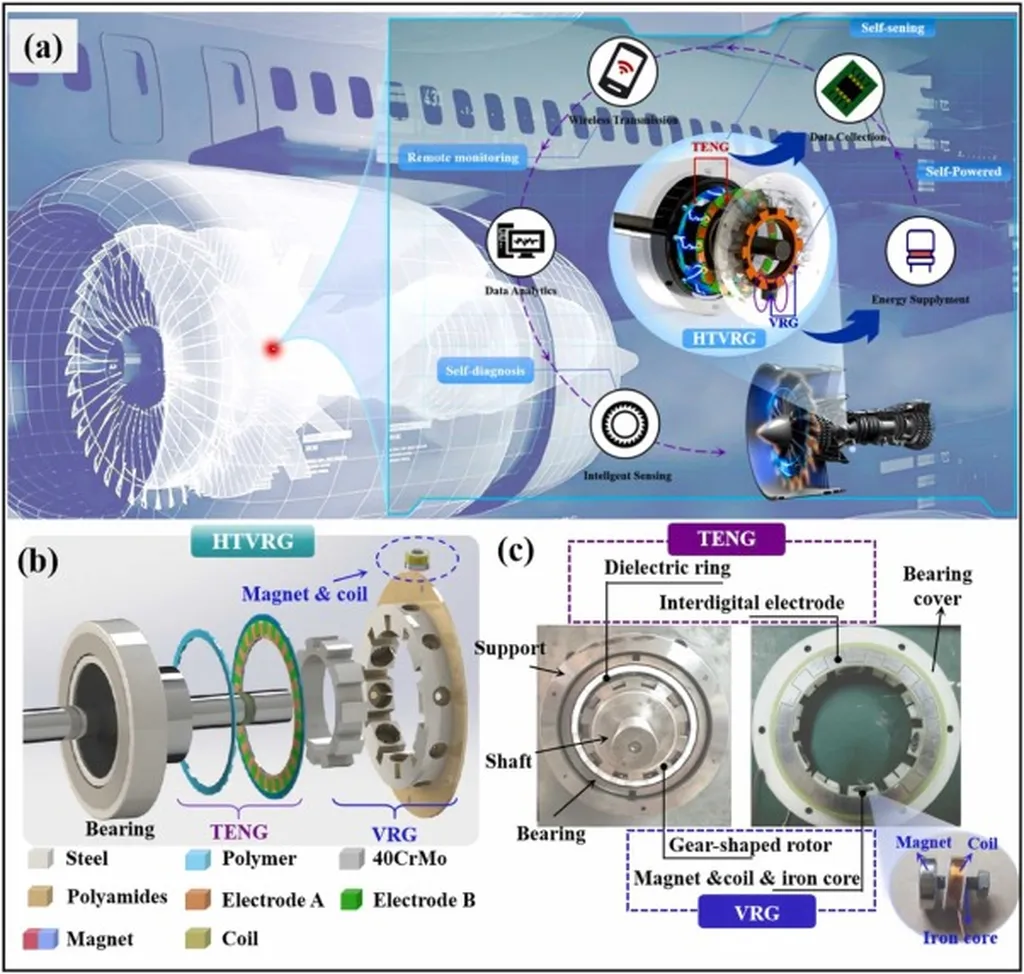In the world of rotating machinery, where steam turbines and water pumps are the workhorses of the energy sector, a subtle change in bearing elevation can have significant consequences. A recent study published in the journal *Mechanics Science* (English translation of ‘Mechanical Sciences’) by Z. Zhou of the Hunan Provincial Key Laboratory of Health Maintenance for Mechanical Equipment at Hunan University of Science and Technology, sheds light on this critical issue, offering insights that could reshape the design and maintenance of these vital machines.
The study focuses on a two-span three-support rotor system, a common structure in large-scale rotating machinery. Zhou and his team investigated how changes in the elevation of sliding bearings can lead to oil film instability, rotor rub impact, and other malfunctions. These issues can cause excessive wear on couplings and other components, potentially leading to accidents.
“The alteration in bearing elevation can result in oil film instability, rotor rub impact, and other malfunctions,” Zhou explains. “In extreme cases, this can cause excessive wear of couplings and other components, leading to accidents.”
The research team derived the dynamic equation of a two-span three-support rotor, accounting for variations in bearing elevation. They considered the influence of different sliding bearing elevations on the misalignment excitation of the coupling and the stiffness damping coefficient of the bearing. The team also investigated the vibration response of each bearing and conducted corresponding experiments to validate their findings.
The results were striking. After raising the elevation of bearing 3 from 1.5 to 2 millimeters, the amplitude of the fundamental frequency at bearing 2 was reduced by 438%, while the amplitude at the second harmonic was increased by 128%. This increase in misalignment excitation caused the axis orbit of disk 1 to change from a crescent shape to a petal shape.
These findings have significant implications for the energy sector. By understanding the impact of bearing elevation changes, engineers can design more robust and reliable rotating machinery. This could lead to reduced maintenance costs, improved safety, and increased efficiency in power generation and water pumping systems.
“The findings indicate that after raising the elevation of bearing 3 from 1.5 to 2 millimeters, the amplitude of the fundamental frequency (1×) at bearing 2 is reduced by 438%, whereas the amplitude at the second harmonic (2×) is increased by 128%,” Zhou notes. “This increase in misalignment excitation causes the axis orbit of disk 1 to change from a crescent shape to a petal shape.”
As the energy sector continues to evolve, the insights from this study could play a crucial role in shaping future developments. By integrating these findings into the design and maintenance of rotating machinery, engineers can enhance the performance and reliability of these critical systems, ultimately contributing to a more sustainable and efficient energy future.
This study offers theoretical insights and empirical data that may assist in the structural design and fault diagnosis of two-span three-support rotors. As the energy sector looks to the future, the work of Zhou and his team could be a guiding light, illuminating the path to more advanced and reliable rotating machinery.

